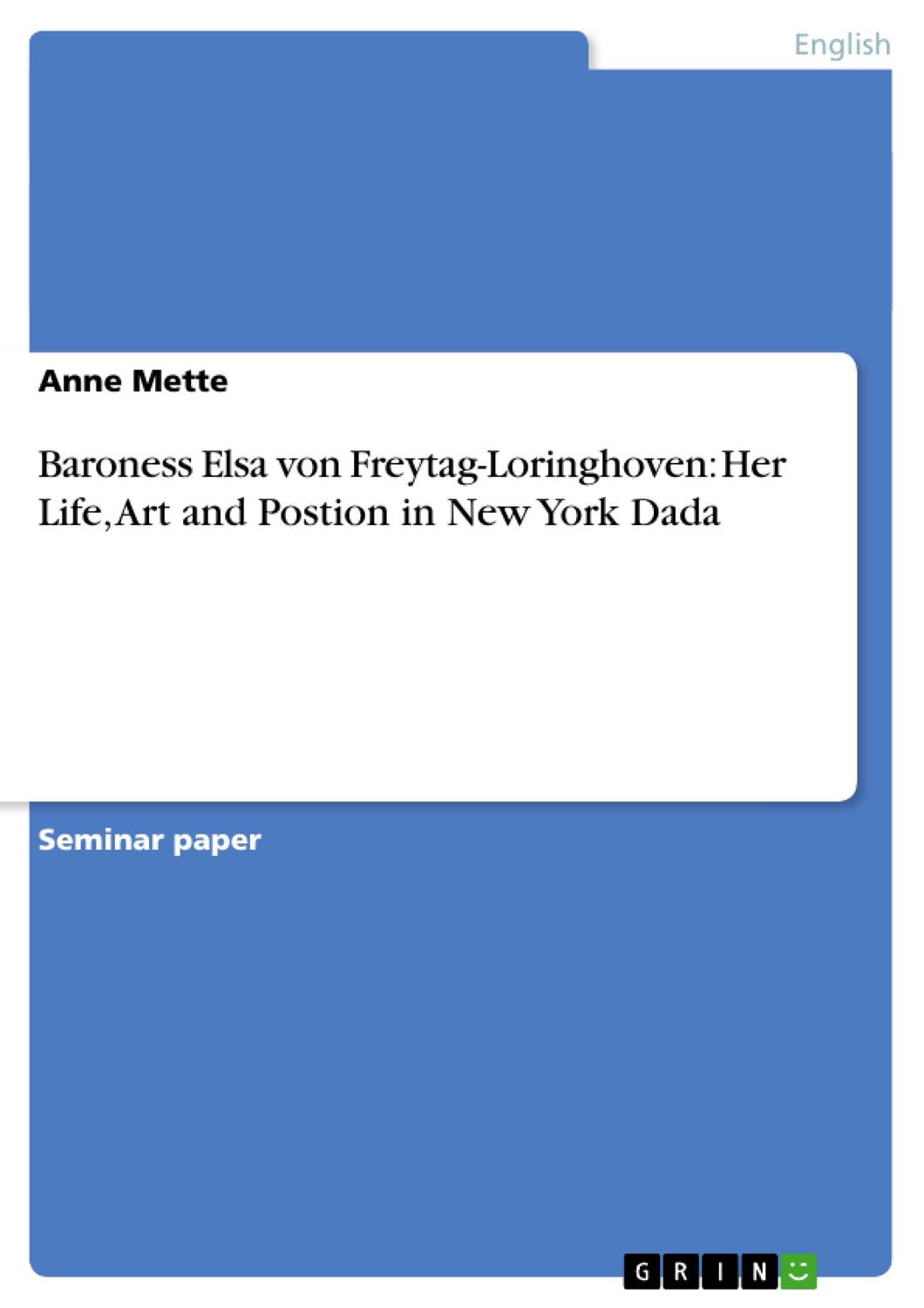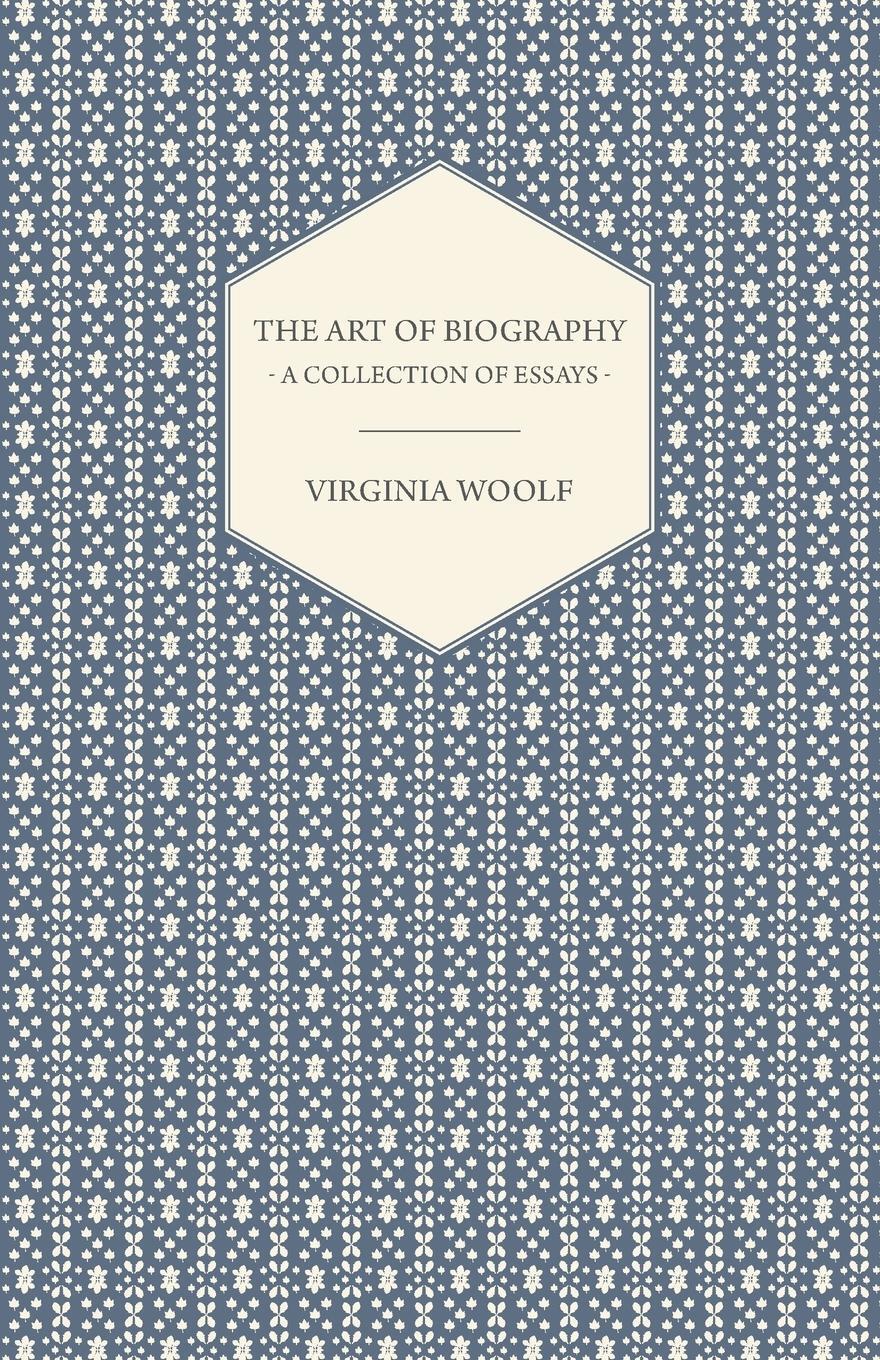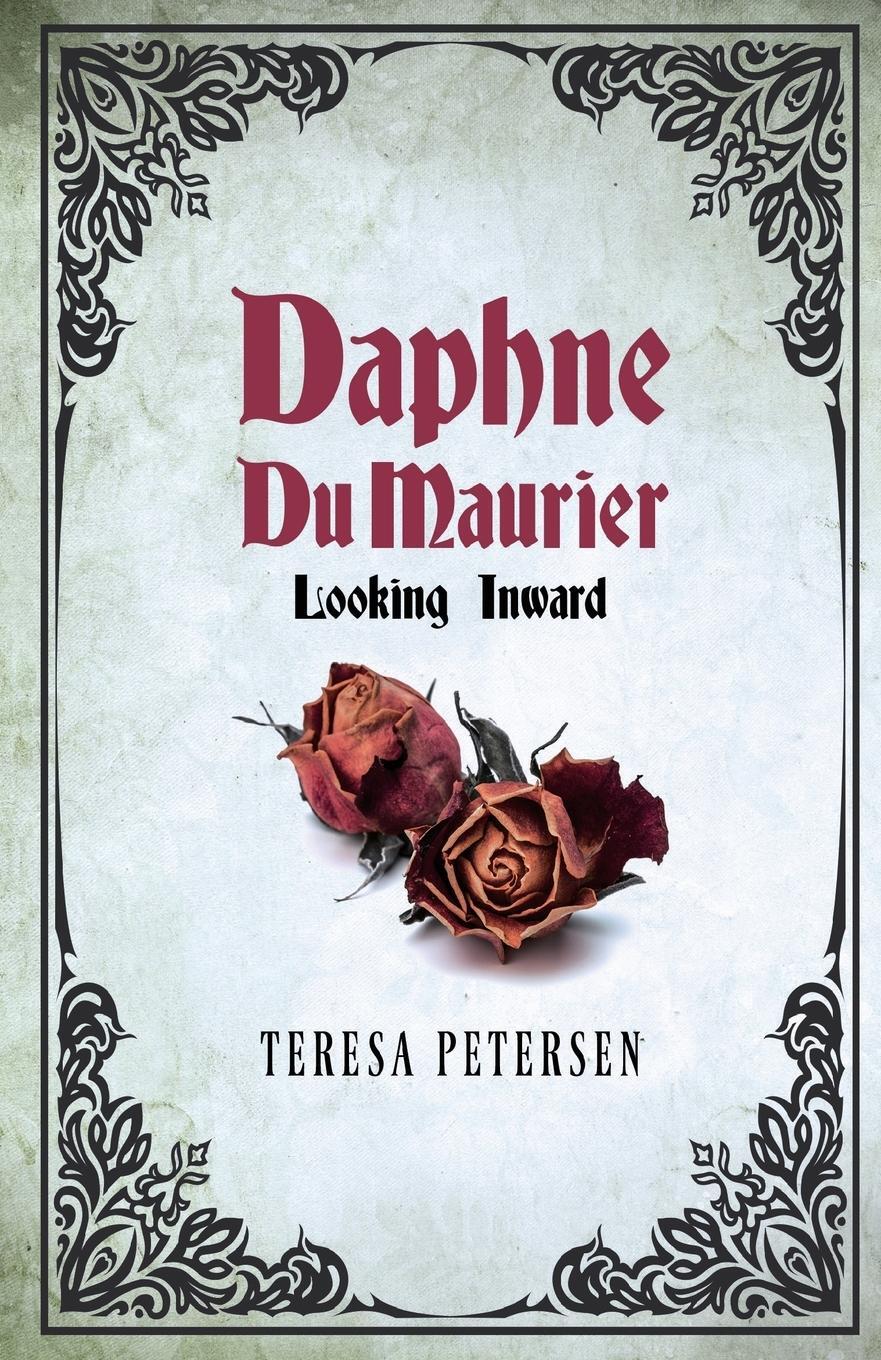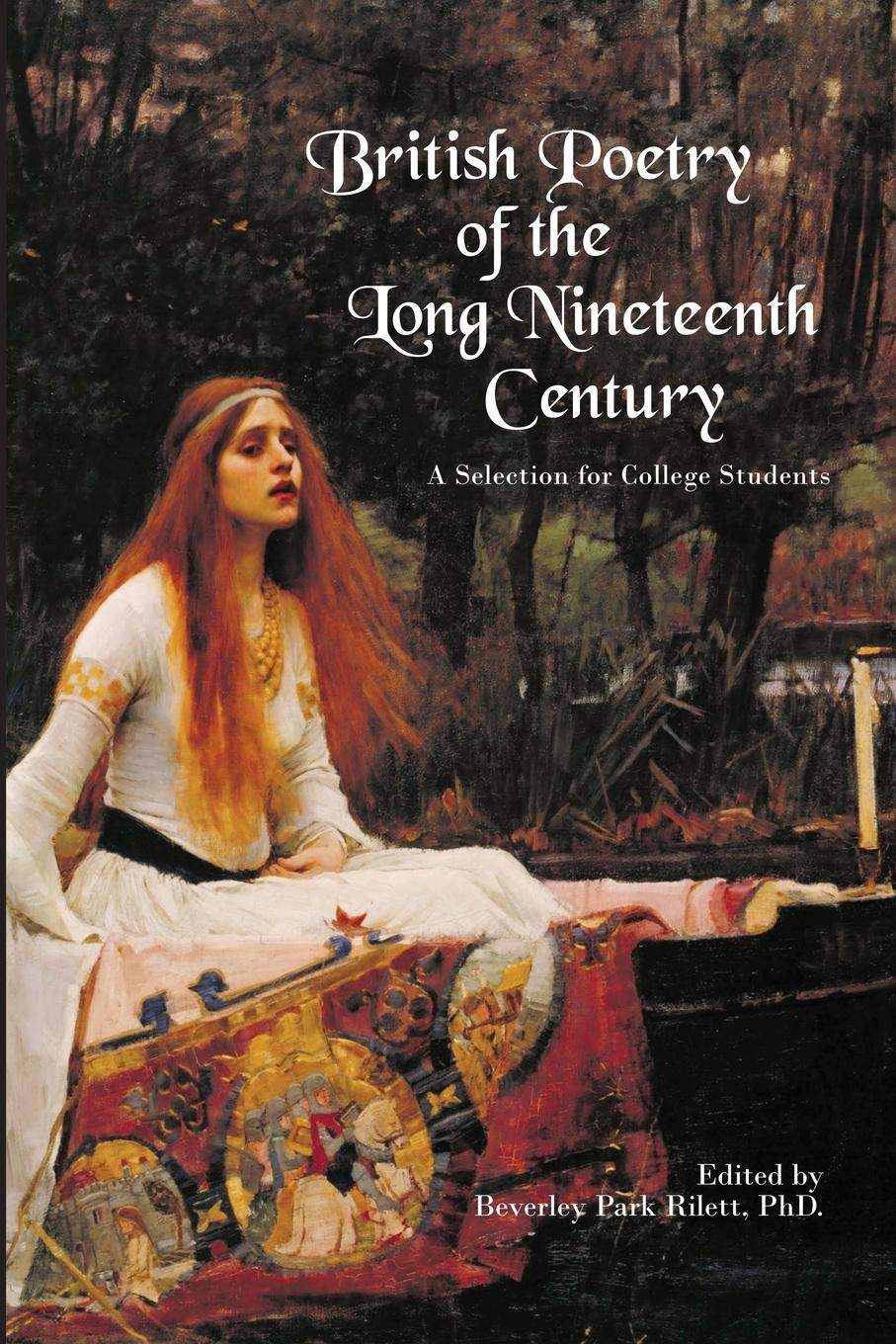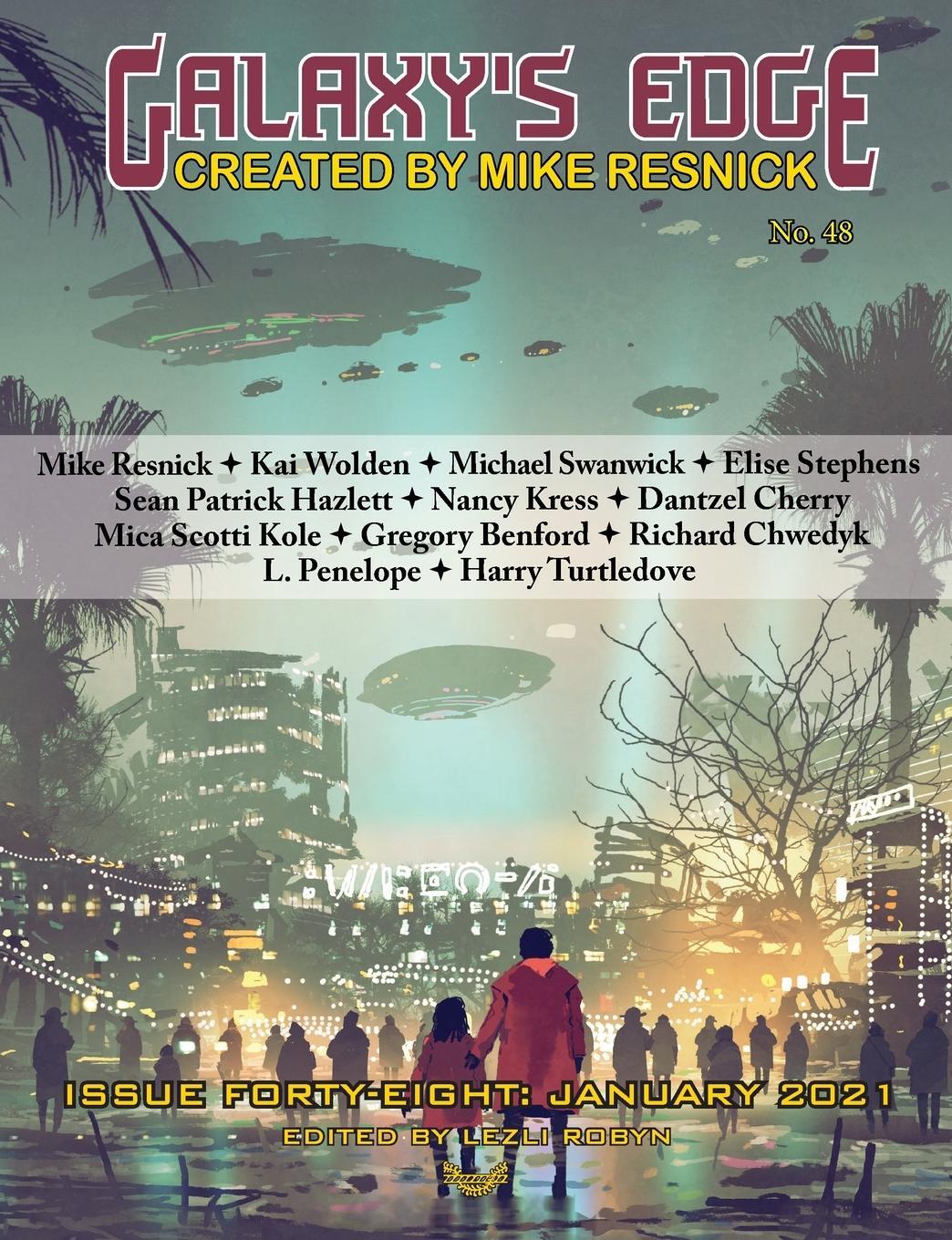Dekorationsartikel gehören nicht zum Leistungsumfang.
Sprache:
Englisch
15,95 €*
Versandkostenfrei per Post / DHL
Aktuell nicht verfügbar
Kategorien:
Beschreibung
Seminar paper from the year 2006 in the subject American Studies - Culture and Applied Geography, grade: 1, Friedrich-Alexander University Erlangen-Nuremberg (Anglistik), course: Proseminar "Start Spreading the News": New York and Early Modernism, language: English, abstract: Never conventional, never following the rules of any given norm, but in contrast, making ironic statements on society, turning ¿normal¿ items, traditions or circumstances into absurdity. This was what Dada artists like Marcel Duchamp, Francis Picabia, Man Ray, the Baroness Elsa von Freytag-Loringhoven and other practitioners were aiming at. A well-remembered incident is the scandal that introduced the concept of Dadaism into American Art. Duchamp brought a urinal to the first exhibition of the Society of Independent artists on 10 April 1917. He did not change anything, but moved it from its original place, called it ¿Fountain¿ and signed it with the pseudonym ¿R. Mutt¿. Only four days before the exhibition took place, president Woodrow Wilson had declared war on Germany. As Michael R. Taylor writes in his essay ¿New York Dadä, this event ¿may have played a role in Duchamp¿s decision to enter his scandalous submission¿. The New York Dada artists wanted to show their neglect of the cruel war in Europe and with their art challenged ideas about art which were commonly accepted. They produced ¿paintings, mixed-media assemblages, sculptures, found objects, readymades, photography, and performances¿ (Taylor, 277). With the photomontage, the film or a photography the author of a work could not be guessed by looking at the work of art (Taylor, 277), the importance of the work was rather the message behind it. The message to a society which had absurd traditions, absurd machineries whith which people killed each other and a society that had cultural prejudices, which again were absurd. Having this common interest the New York Dada artists soon came together in the appartment of Louise and Walter Arensberg in 33 West 67th Street which served for their meetings from 1915 to 1921. ¿It was while surrounded by this stunning array of paintings and sculpture that the group members hotly debated such topics as art, literature, sex, politics, and psychoanalysis, while others preferred to play chess, drink champagne, or dance the night away in their bare feet.¿ (Taylor, 278).
Seminar paper from the year 2006 in the subject American Studies - Culture and Applied Geography, grade: 1, Friedrich-Alexander University Erlangen-Nuremberg (Anglistik), course: Proseminar "Start Spreading the News": New York and Early Modernism, language: English, abstract: Never conventional, never following the rules of any given norm, but in contrast, making ironic statements on society, turning ¿normal¿ items, traditions or circumstances into absurdity. This was what Dada artists like Marcel Duchamp, Francis Picabia, Man Ray, the Baroness Elsa von Freytag-Loringhoven and other practitioners were aiming at. A well-remembered incident is the scandal that introduced the concept of Dadaism into American Art. Duchamp brought a urinal to the first exhibition of the Society of Independent artists on 10 April 1917. He did not change anything, but moved it from its original place, called it ¿Fountain¿ and signed it with the pseudonym ¿R. Mutt¿. Only four days before the exhibition took place, president Woodrow Wilson had declared war on Germany. As Michael R. Taylor writes in his essay ¿New York Dadä, this event ¿may have played a role in Duchamp¿s decision to enter his scandalous submission¿. The New York Dada artists wanted to show their neglect of the cruel war in Europe and with their art challenged ideas about art which were commonly accepted. They produced ¿paintings, mixed-media assemblages, sculptures, found objects, readymades, photography, and performances¿ (Taylor, 277). With the photomontage, the film or a photography the author of a work could not be guessed by looking at the work of art (Taylor, 277), the importance of the work was rather the message behind it. The message to a society which had absurd traditions, absurd machineries whith which people killed each other and a society that had cultural prejudices, which again were absurd. Having this common interest the New York Dada artists soon came together in the appartment of Louise and Walter Arensberg in 33 West 67th Street which served for their meetings from 1915 to 1921. ¿It was while surrounded by this stunning array of paintings and sculpture that the group members hotly debated such topics as art, literature, sex, politics, and psychoanalysis, while others preferred to play chess, drink champagne, or dance the night away in their bare feet.¿ (Taylor, 278).
Details
| Erscheinungsjahr: | 2009 |
|---|---|
| Genre: | Allg. & vergl. Sprachwissenschaft |
| Rubrik: | Sprachwissenschaft |
| Medium: | Taschenbuch |
| Seiten: | 20 |
| Inhalt: | 20 S. |
| ISBN-13: | 9783640398782 |
| ISBN-10: | 3640398785 |
| Sprache: | Englisch |
| Ausstattung / Beilage: | Booklet |
| Einband: | Kartoniert / Broschiert |
| Autor: | Mette, Anne |
| Auflage: | 2. Auflage |
| Hersteller: | GRIN Verlag |
| Maße: | 210 x 148 x 2 mm |
| Von/Mit: | Anne Mette |
| Erscheinungsdatum: | 14.08.2009 |
| Gewicht: | 0,045 kg |
Details
| Erscheinungsjahr: | 2009 |
|---|---|
| Genre: | Allg. & vergl. Sprachwissenschaft |
| Rubrik: | Sprachwissenschaft |
| Medium: | Taschenbuch |
| Seiten: | 20 |
| Inhalt: | 20 S. |
| ISBN-13: | 9783640398782 |
| ISBN-10: | 3640398785 |
| Sprache: | Englisch |
| Ausstattung / Beilage: | Booklet |
| Einband: | Kartoniert / Broschiert |
| Autor: | Mette, Anne |
| Auflage: | 2. Auflage |
| Hersteller: | GRIN Verlag |
| Maße: | 210 x 148 x 2 mm |
| Von/Mit: | Anne Mette |
| Erscheinungsdatum: | 14.08.2009 |
| Gewicht: | 0,045 kg |
Warnhinweis

